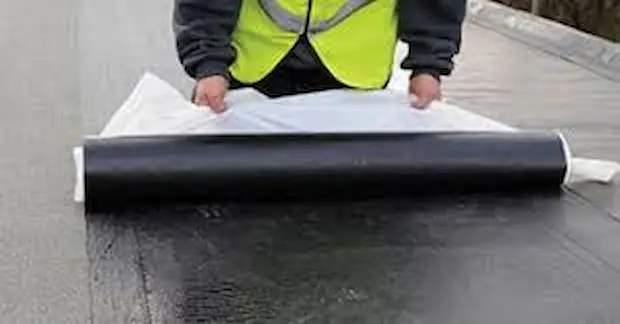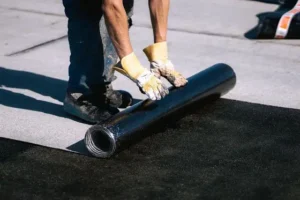What is the Best Method of Foundation Waterproofing?
When it comes to waterproofing the foundation, exterior waterproofing or positive-side waterproofing is deemed the best method. It involves installing a complete waterproof barrier on the entire foundation walls which stops water and moisture from accessing the concrete structure. This method is effective because it avoids the problems associated with moisture management through internal waterproofing techniques that attempt to mitigate water issues after it has access to the structure. This exterior waterproofing technique prevents water ingress and reduces the high risks of structural damage, mold growth, and basement flooding.
Steps Involved in Exterior Waterproofing
Each step is crucial because exterior waterproofing is a process that requires systematic, sequential steps. The first step is excavation, which means digging out soil around the structure to the footing level. Depending on the location, soil conditions, and the extent of work involved, there may be a need for excavators and backhoes to do the work. This step requires a lot of caution since the foundation wall needs to be completely exposed to allow for inspection and treatment.
Once workers fully expose the foundation, they must meticulously clean the surface to remove dirt, debris, and any loose material. They often perform this cleaning using power washers or wire brushes. After cleaning, they inspect the foundation for cracks, holes, or deteriorated areas. Workers repair these imperfections using hydraulic cement or epoxy injections, which restore the structural integrity and provide a smooth, uniform surface for waterproofing application.
The core of exterior waterproofing involves applying a waterproof membrane, typically made from materials such as rubberized asphalt, polymer-modified bitumen, or specialized waterproofing coatings like liquid-applied membranes. Workers apply this membrane in multiple layers using brushes, rollers, or spray equipment to create a continuous barrier. In many cases, they reinforce the membrane with a drainage board or protection board, which shields it against damage from soil and construction activities while also promoting water drainage away from the foundation wall.

Supporting Components and Tools
A critical component of exterior waterproofing is the installation of a perforated drainage pipe, commonly known as a French drain, positioned at the footing level to collect and channel groundwater away from the foundation. This drainage pipe is typically laid in a bed of gravel or crushed stone to facilitate water flow and prevent clogging. The pipe leads to a sump pit equipped with a sump pump, which actively removes accumulated water and pumps it to a safe discharge location, such as a storm drain or dry well.
Tools and equipment commonly used during exterior waterproofing include:
- Excavators and shovels for soil removal.
- Pressure washers and wire brushes for surface cleaning.
- Crack repair kits containing hydraulic cement or epoxy.
- Rollers, brushes, or spray rigs for membrane application.
- Drainage materials such as gravel, perforated pipes, and drainage boards.
- Sump pumps for active water removal.
Advantages Over Interior Waterproofing
Though exterior waterproofing involves higher initial costs and more extensive labor than interior solutions, its benefits are long-lasting and comprehensive. By preventing water from reaching the foundation wall, it protects against hydrostatic pressure, which can force water through even minute pores in concrete, and mitigates capillary action, which draws moisture upward into the foundation materials. This preventative approach helps maintain the foundation’s structural integrity, reduces the likelihood of mold and mildew, and ultimately preserves property value.
Conclusion
In summary, exterior foundation waterproofing is the best and most reliable method for protecting a building from groundwater intrusion. Its detailed procedure—excavation, cleaning, crack repair, membrane application, and drainage installation—utilizes specialized tools and materials designed to create a robust, long-term waterproof barrier. Despite its greater upfront investment, exterior waterproofing offers unmatched durability and peace of mind, making it the optimal choice for homeowners and builders committed to safeguarding their structures against moisture-related damage.






